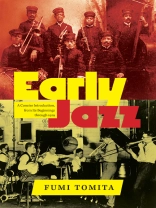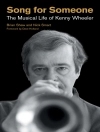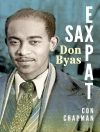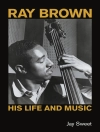A concise history of early jazz, from its major innovators to its unrecognized heroes.
Early Jazz is an overview of the beginnings of jazz from its nineteenth-century roots through 1929, when elements of the Swing Era began to emerge. It is the first book on early jazz history in over fifty years and fills a compelling need for an update that reflects recent research. With a broad definition of jazz that encompasses the artistic and the commercial, the book’s inclusive tone allows for a wide spectrum of musicians, including not only pioneering African American and white musicians but also those who are commonly skipped or skimmed over in jazz history textbooks-lesser-known sidemen, prominent instrumentalists, entertainers or novelty performers, women, vocalists, and American jazz musicians who introduced jazz on their travels around the world. Twenty songs are analyzed in depth, but no musical knowledge is required to understand or to read Early Jazz. The book is written as an introduction for fans, students, musicians, historians, scholars, and anyone who is interested in this fascinating era of jazz history.
Spis treści
Acknowledgments
Introduction
1. Ragtime and Traveling Shows
2. The Blues
3. New Orleans and Early White Bands
4. King Oliver and Jelly Roll Morton
5. The New York Scene: The Small Groups
6. Stride Piano
7. The New York Dance Band Sound: From James Reese Europe to Duke Ellington
8. Louis Armstrong
9. The Chicagoans and Bix Beiderbecke
10. Other Pioneering Soloists
11. Territory and Other Bands
12. Vocal Jazz
13. Jazz around the World
Notes
Bibliography
Index
O autorze
Fumi Tomita is Associate Professor of Jazz Pedagogy and Performance at the University of Massachusetts Amherst. He is the author of The Jazz Rhythm Section: A Manual for Band Directors.












